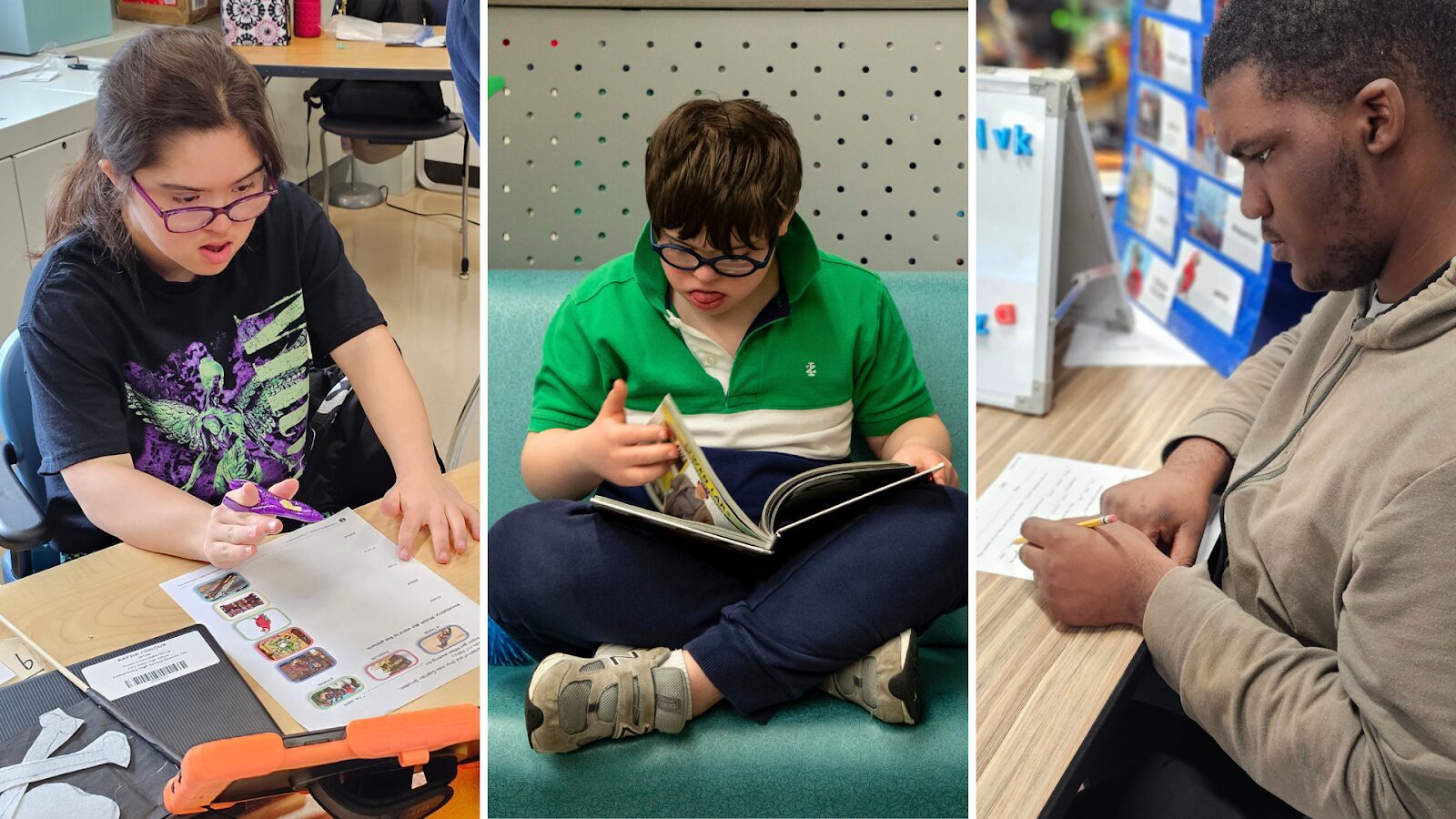5 Key Takeaways from the Book
Comprehensive Literacy for All
How do we make sure students with significant disabilities have the chance to learn to read and write? The book Comprehensive Literacy for All: Teaching Students with Significant Disabilities to Read and Write by Drs. Karen Erickson and David Koppenhaver offers a roadmap.
This book is considered an essential resource for educators, speech-language pathologists, and parents. Erickson and Koppenhaver outline research-based strategies for providing literacy instruction to students with complex learning profiles with extensive references to literacy instruction research and a framework for providing comprehensive instruction, with classroom examples.
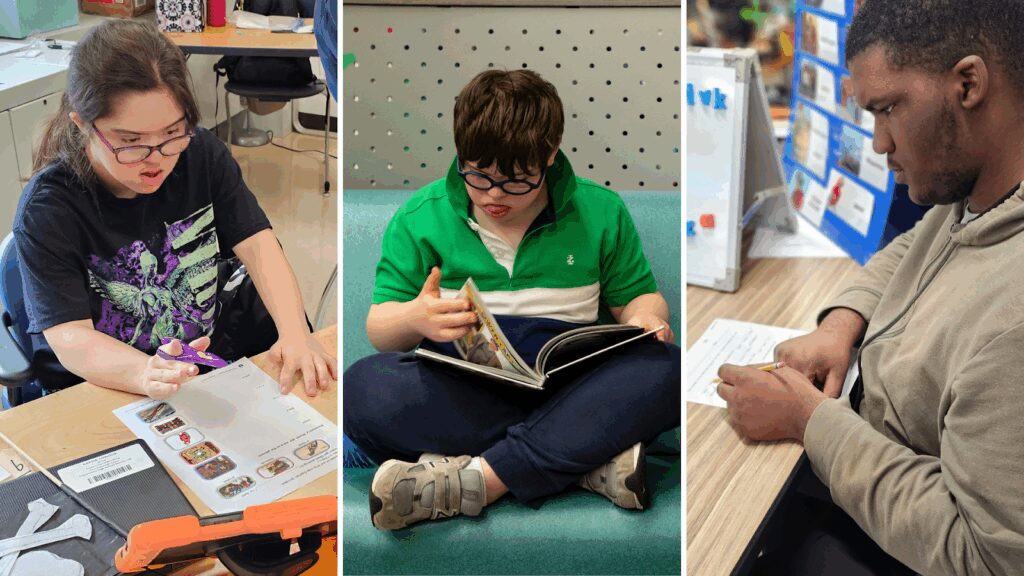
Whether you’re just discovering Erickson and Koppenhaver’s model of comprehensive instruction or are looking for a refresher, here are a few of the many takeaways from the book that will transform how you or the educators you work with think about literacy instruction.
Comprehensive Literacy for All Takeaways:
1. No one is “too anything” to learn to read and write
For far too long, labels such as “too disabled,” “too delayed,” and “too complex” have lowered expectations for students. Erickson and Koppenhaver challenge us to start from a different place: a belief in what is possible.
Every student can engage in reading and writing when given the right supports. The book shares practical ways to scaffold instruction, enabling students with the most significant disabilities to make real progress in literacy learning. When we shift our mindset from “can’t” to “can,” literacy becomes possible for all.
In practice, this means setting up a learning environment for student success. It also means providing explicit instruction using research-based strategies and allocating resources, such as time, educator training, and assistive technology, so that all students have the tools and instruction they need to succeed. Educators may also need specific tools to document growth–even small steps–through assessment and progress monitoring, especially for emergent literacy learners.
Erickson and Koppenhaver outline these strategies in their comprehensive framework, outlined in the book.
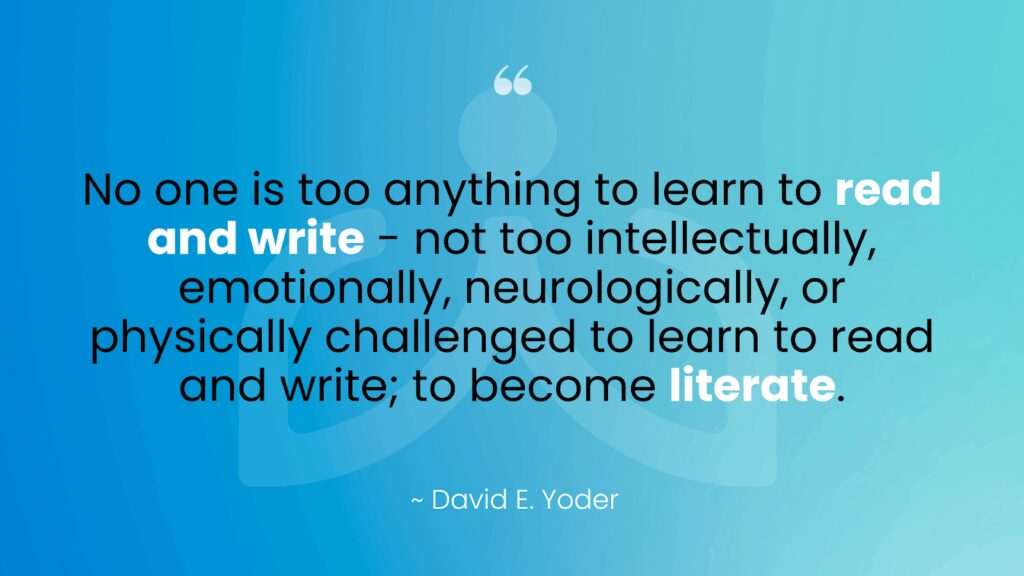
2. Literacy is a right and an essential life skill
Literacy is the foundation for communication, independence, and lifelong learning. Without it, students lose opportunities to express themselves, build relationships, and shape their futures. In the book, Erickson and Koppenhaver share a Literacy Bill of Rights they developed with David Yoder, Ph.D., at the University of North Carolina at Chapel Hill Center for Literacy and Disability Studies.
By teaching reading and writing, we’re doing so much more than simply helping students pass tests. We’re equipping them with the tools they need to advocate for themselves, pursue their interests, and fully engage in the world. Literacy is life-changing, and every student deserves the opportunity to learn to read and write.
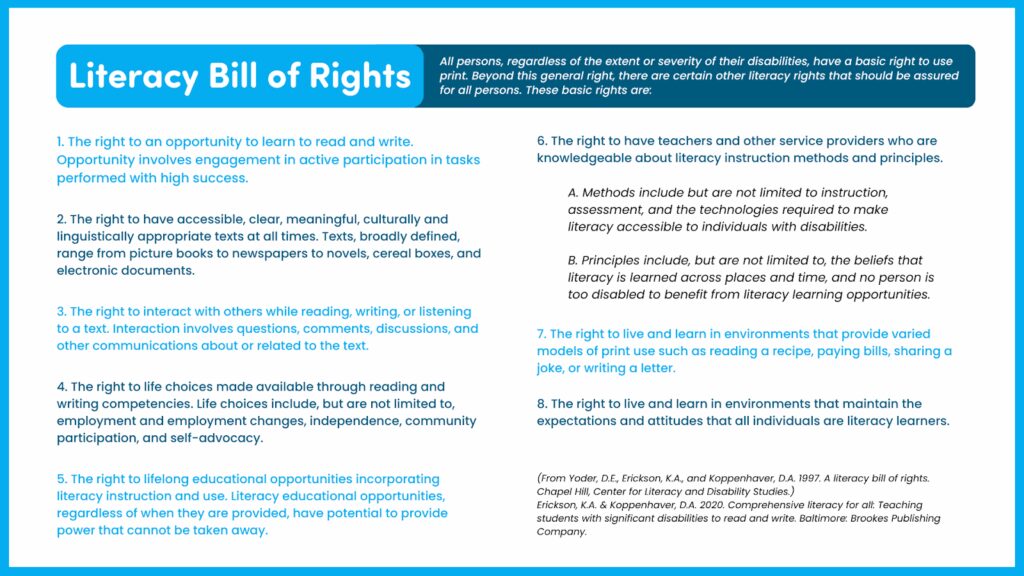
3. The science of reading applies to all learners
Comprehensive Literacy for All includes countless research citations and shows how to integrate the science of reading and decades of literacy research into daily practice. It translates theory into action, including 10 learning conditions that have helped successful individuals with disabilities learn to read and write
Within the model, instructional activities are differentiated for emergent and conventional learners, with guidelines for determining if a learner needs emergent or conventional comprehensive literacy instruction.
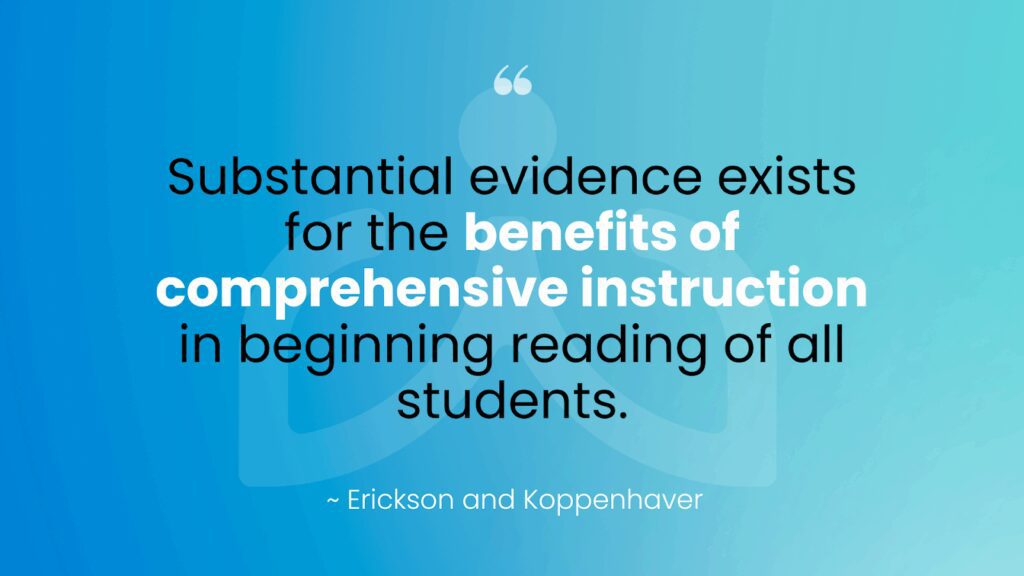
4. Literacy instruction should be meaningful and engaging
Let’s be honest: worksheets are uninspiring. For students with significant disabilities, meaningful experiences are just as important as instruction methods. Comprehensive Literacy for All highlights the need for authentic literacy experiences, such as access to books students care about, writing for real audiences, and connecting literacy to daily life.
When students see themselves as readers and writers, they stay invested in their work. That engagement helps systematic instruction stick.
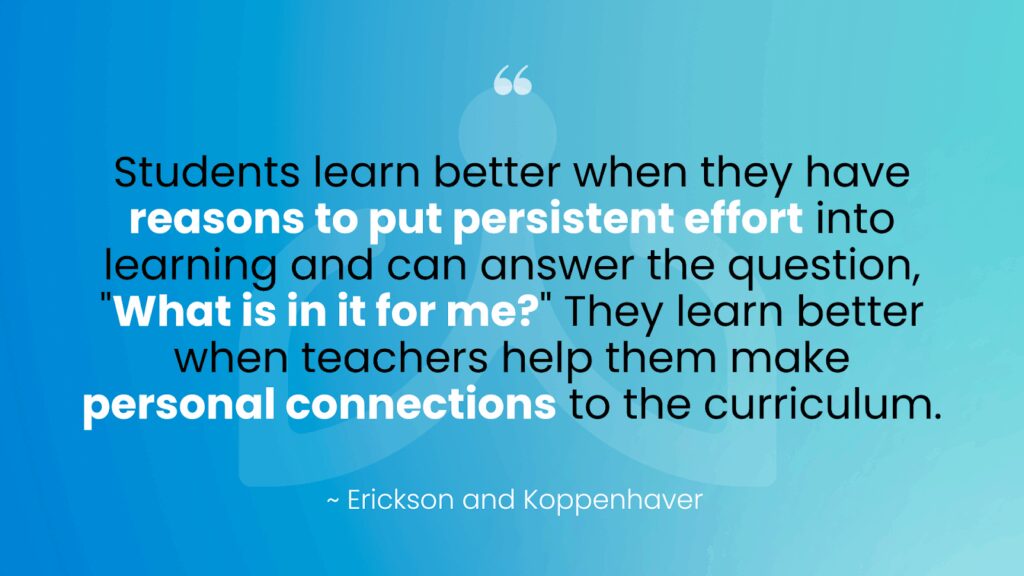
5. High expectations are non-negotiable
Perhaps the most powerful message in Erickson and Koppenhaver’s book is this: students rise to the level of the expectations we set for them. Presuming competence and providing consistent, high-quality instruction sets the stage for students to thrive and demonstrate literacy learning.
Having high expectations means committing to growth, celebrating progress, and refusing to limit potential, while understanding that some students may need additional time and support.
For educators, this means using science-backed instructional practices and writing IEP goals that reflect what students can do with appropriate supports. It means collecting data, looking closely at growth, and adjusting instruction when progress is measured in small increments–rather than lowering the bar.
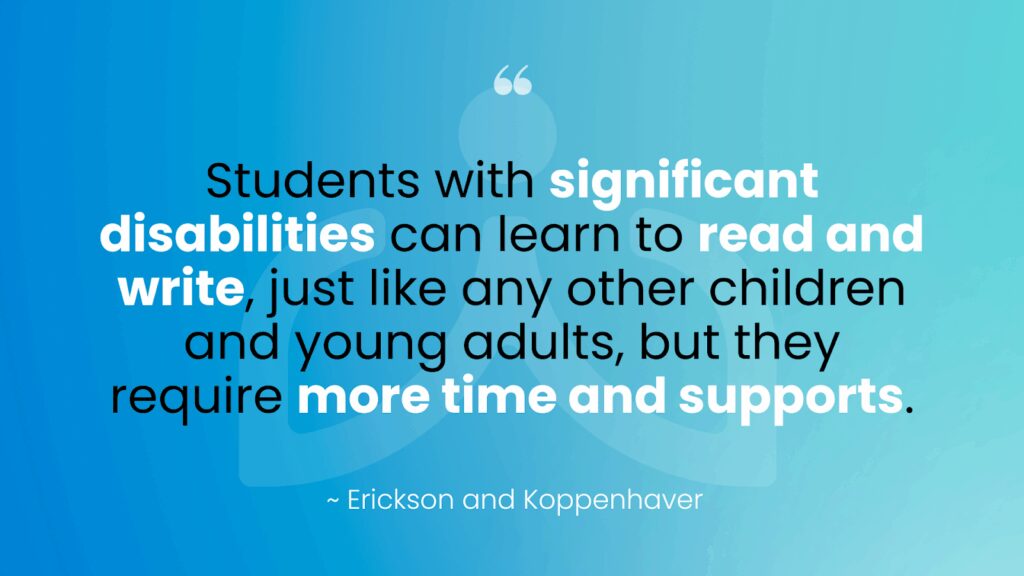
Why Comprehensive Literacy for All matters
Teachers and administrators often ask, “Where do I start?” Comprehensive Literacy for All answers that question: start here. Learn more about the authors, Dr. Karen Erikson and David Koppenhaver, as well as Dr. David Yoder, on the UNC Chapel Hill School of Medicine Center for Literacy and Disability Studies website.
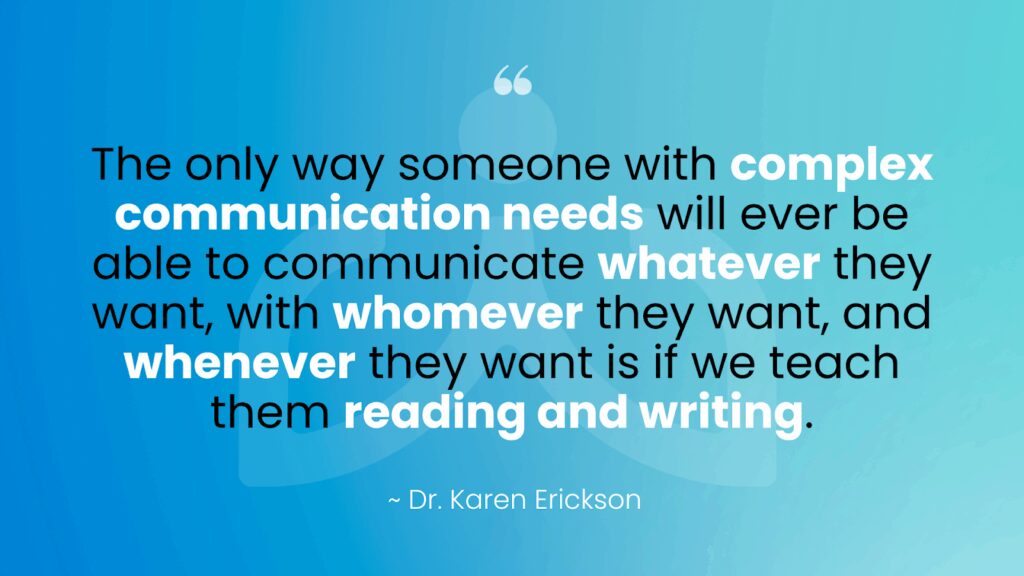
If you teach or support learners with complex learning profiles with literacy goals, get your copy of Comprehensive Literacy for All from Brookes Publishing and download Building Wings’ official Book Study Guide for yourself or to host a book study with other educators.


